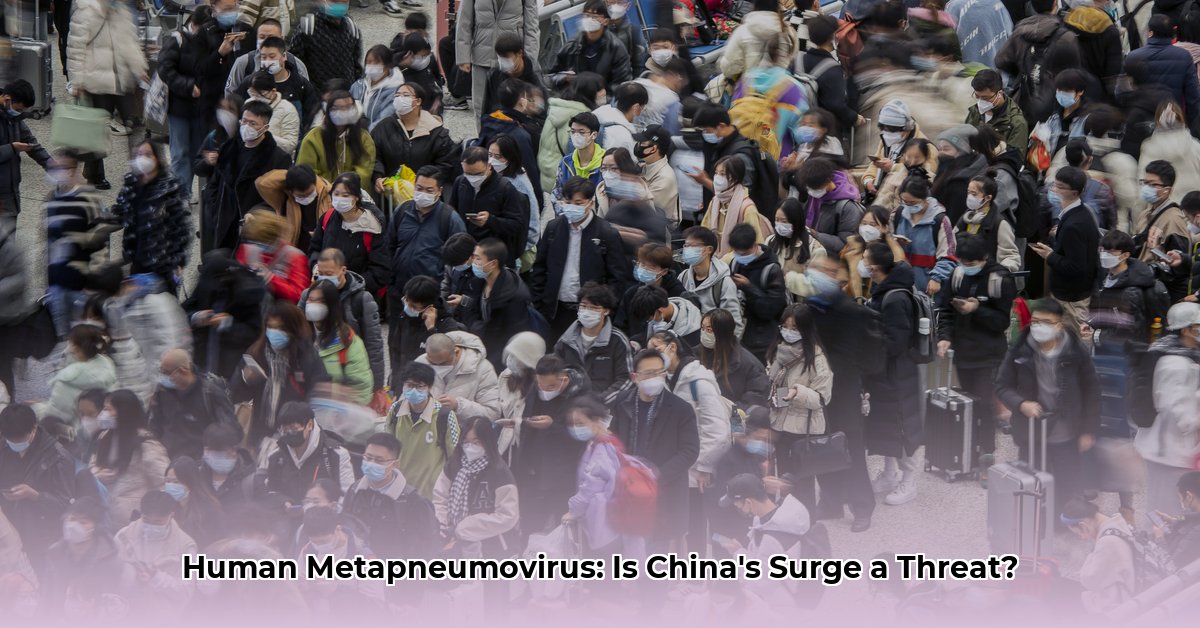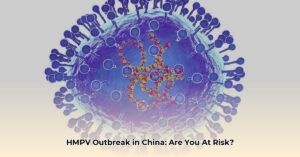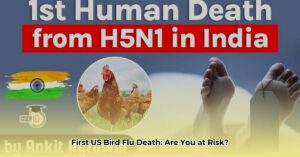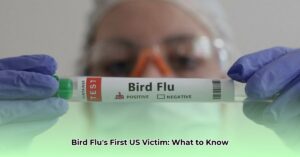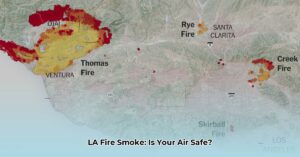Understanding the HMPV Surge
China experienced a notable increase in human metapneumovirus (hMPV) infections during the 2024-2025 winter season, primarily affecting children under 14. This surge, while concerning, aligned with typical seasonal patterns for respiratory illnesses. HMPV, first identified in 2001, is a common respiratory virus often mistaken for the common cold or flu due to similar symptoms. This recent increase underscores the importance of understanding hMPV, its symptoms, and how to protect yourself.
Recognizing HMPV Symptoms
HMPV symptoms often mimic those of a common cold, including a runny nose, cough, sore throat, and fever. Infants and young children may also experience wheezing. While typically mild, hMPV can sometimes progress to more serious respiratory issues like bronchitis or pneumonia, especially in vulnerable populations such as young children, older adults, and individuals with weakened immune systems. Distinguishing hMPV from other respiratory illnesses like the flu, RSV, or COVID-19 based solely on symptoms can be challenging. If you experience difficulty breathing or a persistent high fever, consult a healthcare professional for proper diagnosis and guidance.
The following table summarizes key distinctions between HMPV and other common respiratory illnesses:
| Feature | HMPV | Flu (Influenza) | RSV | COVID-19 |
|---|---|---|---|---|
| Symptoms | Cold-like, may progress to serious respiratory issues in vulnerable groups | Fever, cough, muscle aches, fatigue | Runny nose, wheezing, reduced appetite | Wide-ranging, may include loss of taste/smell |
| Severity | Typically mild, can be severe in certain groups | Mild to severe | Mainly affects young children and the elderly | Mild to severe, possible long-term effects |
| Treatment | Supportive care (managing symptoms) | Antivirals available, annual vaccine recommended | Supportive care (managing symptoms) | Antivirals and vaccines available |
| Diagnostic Test | Specialized lab tests required | Rapid diagnostic tests available, also lab-based | Specialized lab tests required | Several types of diagnostic tests available, including rapid tests |
Preventing HMPV Spread
Currently, no specific antiviral treatment or vaccine exists for hMPV. Prevention remains the most effective strategy. Fortunately, the preventive measures are similar to those for other respiratory illnesses:
- Frequent Handwashing: Wash your hands thoroughly with soap and water for at least 20 seconds, especially after being in public or touching frequently used surfaces. If soap and water are unavailable, use a hand sanitizer containing at least 60% alcohol.
- Respiratory Hygiene: Cover your coughs and sneezes with a tissue or your elbow to contain respiratory droplets.
- Avoid Close Contact: Maintain distance from individuals exhibiting signs of illness.
- Consider Wearing a Mask: Masks provide an added layer of protection, especially in crowded indoor settings. Some experts believe that mask-wearing, along with other preventive measures, can significantly curb transmission.
- Stay Home When Sick: If you’re feeling unwell, stay home to avoid spreading the virus to others.
The Current Situation and Ongoing Research
The surge in China, while significant, is not unprecedented. Respiratory viruses, including hMPV, tend to be more prevalent during certain times of the year. The increased awareness and testing following the COVID-19 pandemic may also contribute to the higher number of reported cases. Researchers are actively investigating potential treatments and vaccines for hMPV, but these are still in early stages of development. Some studies suggest potential links between waning immunity after lockdowns and the co-circulation of other viruses with the hMPV surge. However, further research is needed to fully understand these factors.
It’s essential to rely on credible sources like the World Health Organization (WHO) (https://www.who.int/) and your local health authorities for accurate and up-to-date information. While the current evidence suggests that the hMPV surge aligns with seasonal patterns and presents with common cold-like symptoms, ongoing research is vital to deepen our understanding of the virus and its potential impact.
Important Note: This information is for educational purposes only and does not constitute medical advice. Consult a healthcare professional for any health concerns.

